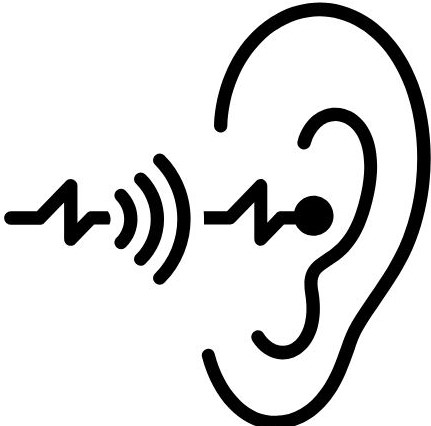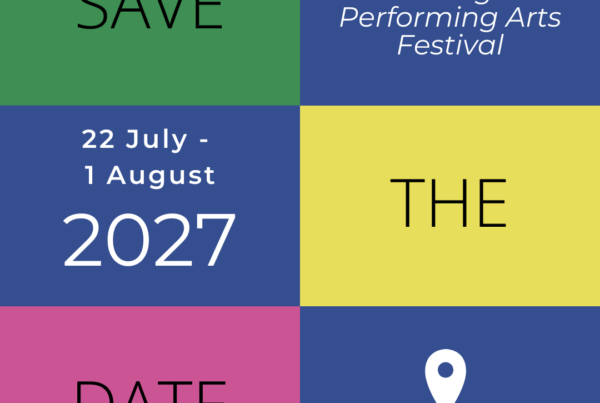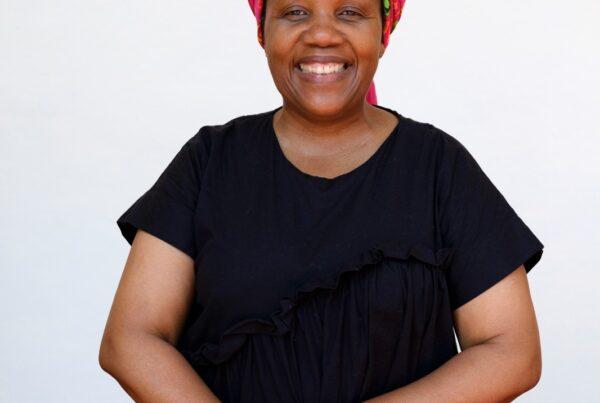“Listening means the permanent availability on the part of the listening subject to be open to the speech of the other, to the gesture of the other, to the differences of the other” (Paulo Freire)
As I was preparing for the event of ITYARN, the International Theatre for Young Audiences Research Network, at the ASSITEJ Congress in Cuba 2024, which has the theme “Voices of a New World: Legacy and Innovation in TYA”, I started to reflect on how we are opening ourselves, to these voices, especially in the context of Brazil. Who is being listened to? Unfortunately, in our country, there is still a lot to be developed so that all children and young people can have equal space for expression and can effectively be heard.
I work in the Department of Theatre Teaching, at UNIRIO – Rio de Janeiro/Brazil, where we train future teachers of Performing Arts in Basic Education and who will work with theatre with children, in the classroom. And, according to Freire’s quote above (from the book Pedagogia da Autonomia, 1996, p.119), I have been dialoguing with a pedagogical proposal that has delighted me: the Pedagogy of Listening, by Loris Malaguzzi, forged in the context of the city Reggio Emilia, in Italy. Some aspects of this proposal seem to be totally in tune with some discussions that have been undertaken in the meetings of ASSITEJ International and may indicate paths for others, as they broaden the ideas of “voices” and “listening”.
From the perspective of emission – representing the “voices” of the various childhoods – the proposal suggests the perception of the “hundred languages of the child”. This concept is, in fact, an image. An image that is very dear to the universe of the arts, since it emphasizes the various ways of expression of the child, beyond speech and writing – the play, the games, the demonstrations of affection, the body, the feelings, the inter-relations, and so many others.
On the other hand, reception is linked to the idea of listening – and is configured as a pedagogical proposal itself. Listening takes place through a basic premise to be adopted by the whole community: children of all age groups being active and plural subjects in artistic and educational processes.
Thus, more than the idea that there is a speech to be listened to, it is proposed that the dialogue takes place in the encounter, in the relationship. Therefore, the expectation of this proposal is that the experiences in the training spaces are based on the exchange of the widest dimension of these two sides that meet: the voices (which reveal themselves through multiple forms of expression / languages) and listening (which occurs through a horizontal dimension). And artistic experiences reveal themselves as privileged moments for this relational dimension.
Returning to the context of Brazil – a country that has contributions in the field of pedagogy from exponents such as Paulo Freire and Augusto Boal – we still have a long way to go so that all the multiple languages of the most diverse children are heard. However, in relation to the artistic production, many groups and works in the country stand out exactly because of this capacity to bring to the scenic experience this dimension of meeting, of a horizontal relationship in which the children are fundamental parts of the game. Proof of this is the rapid growth in the last years of the movement of theatre for early childhood, resulting in a significant scene of great quality for this social group.
Resuming the moment that made me share these thoughts, ASSITEJ’s events and meetings have hosted artistic proposals that access this relational dimension and that have provided us with many spaces for exchange and mutual learning, strengthened by the many networks that intertwine. May we meet many more times – in person or virtually – exchanging our experiences and reflections in this universe that enchants and unites us.







